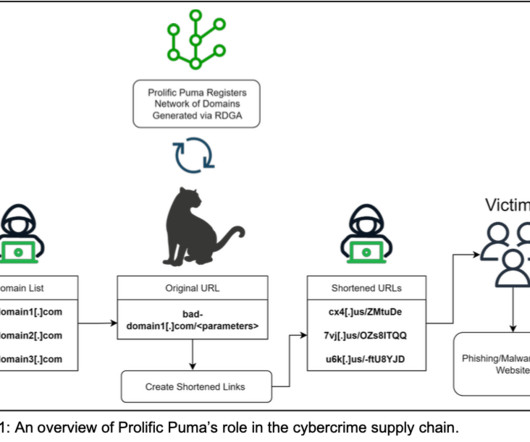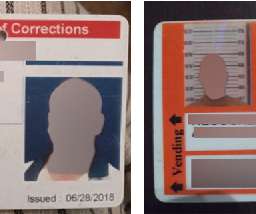US Harbors Prolific Malicious Link Shortening Service
Krebs on Security
OCTOBER 31, 2023
The top-level domain for the United States — US — is home to thousands of newly-registered domains tied to a malicious link shortening service that facilitates malware and phishing scams, new research suggests. domains were the worst in the world for spam, botnet (attack infrastructure for DDOS etc.) US phishing domains.












Let's personalize your content